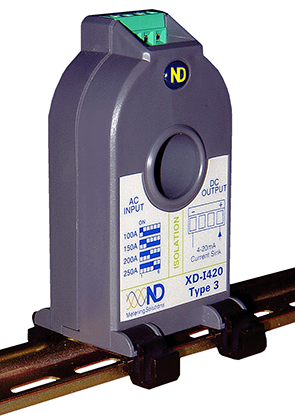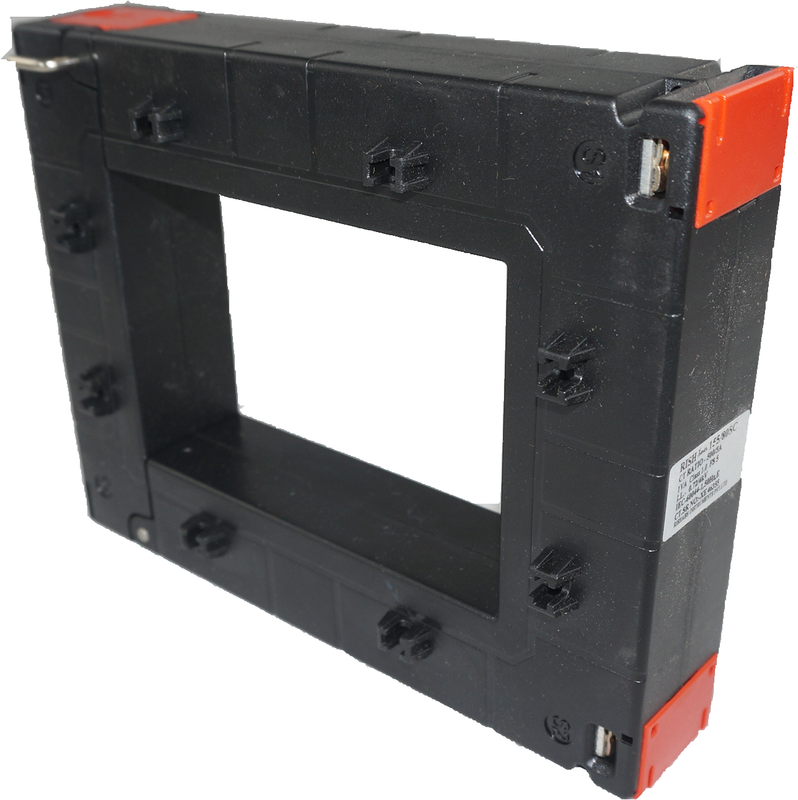Everything You Need to Know About Hall Effect Current Sensor
Before we discuss Hall Effect Current Sensor, we need to understand what is a sensor? Generally, one can define a sensor as an electronic device or a detector that can measure the quantity of a stimulus or a signal and convert it into electrical signals. Few sensor stimuli are temperature, pressure, chemicals, force, humidity, and gases. Sensor output can be measured in current, voltage or electrical charge. Now, let us discuss the Hall Effect Current Sensor. Hall Effect Current Sensors are mostly used in the automobile industry. These sensors are very commonly found in most of the vehicles. It is used to measure the position of the camshaft or crankshaft. Hall Effect Current Sensor works on the principle of a pulse. Thus, the speed of a vehicle can be measured by measuring the number of pulses.

Benefits of Hall Effect Current Sensor
There are several benefits of Hall Effect Current Sensors that are mentioned below:
One of the most amazing advantages of Hall Effect Current Sensor is that it is not affected by the surrounding conditions like vibrations, humidity, and dust. Thus, because of this characteristic of insensitivity to the surrounding conditions Hall Effect Current Sensor provides a continuous flow of electric current.
Another advantage of the Hall Effect Current Sensor is that the production of the output voltage signal is independent of the rate of the detected field.
The Hall Effect Current Sensors are sensitive and strong enough to detect any movement because they do not have any physical contact with any of its neighbouring mechanical parts.
These sensors are highly durable and do not undergo any wear and tear over time thus maintaining quality and long life.
Hall Effect Current Sensors are made of semiconductor materials that show low carrier density. Due to this property, the conductivity of the sensor is smaller, and the voltage is larger.
These sensors depend on the mobility of the carrier, thus eliminating any chance of distress to the sensors because of surface elements. Hence, these conductors are highly reproducible and reliable.
Hall Effect Current Sensor can operate at high speed as well as can measure zero speed too.
Hall Effect Current Sensors can work over a wide range of temperature. It can be repeatedly used and are capable to measure large current.

Drawbacks of Hall Effect Current Sensors
Like everything in the world, Hall Effect Current Sensors have some disadvantages too. The drawbacks of Hall Effect Current Sensors are mentioned below:
A Hall Effect Current Sensor cannot measure the current flow if the distance between the sensor and the current flow is greater than 10 cm. However, to overcome this we can use a powerful and strong enough magnet which can create a wide enough magnetic field so that the sensor can sense the current flow.
Since the working principle of Hall Effect Current Sensors is a magnetic field, it makes it vulnerable to other magnetic fields which can interfere and influence the measurement of the flow of the current.
The sensitivity, electrical resistance, mobility of most of the carriers of Hall Effect Current Sensors are affected by temperature. This is a major drawback of Hall Effect Current Sensors.
Another drawback of the Hall Effect Current Sensor is that even with well-placed electrodes, the offset voltage of the sensor provides an output voltage without the presence of any magnetic field. The main reasons for offset voltage are non-uniformities of material and physical inaccuracies. The offset voltage can range from 100mv to 12 V. This problem of offset voltage can be solved by introducing another electrode to get a null output when there is no magnetic field present.
Applications of Hall Effect Current Sensors
There are large numbers of applications of Hall Effect Current Sensors. Some of them are mentioned below:
- Current sensing
- Motor control indicators
- Motion sensing
- Power Supply sensing and many more.
This is everything about the Hall Effect Current Sensor that one needs to know.



